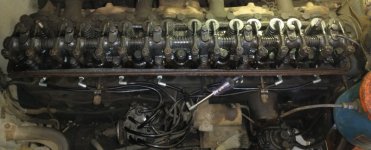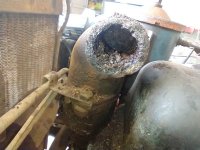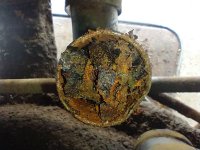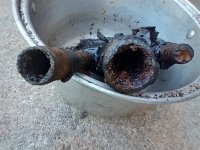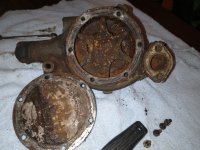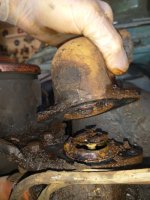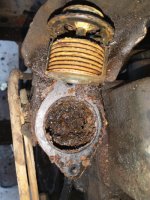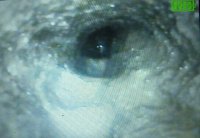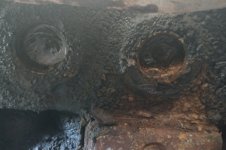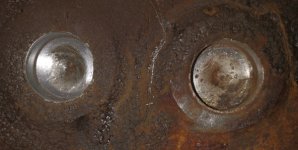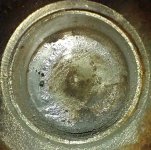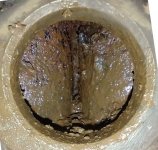Found a 52 4-door Dynaflow-equipped Special Deluxe at a garage sale. Appeared to be fairly original. Not running for at least 15 years. Engine was lightly stuck. Fuel system completely bypassed. I grabbed the belt, pulled (carefully) on the fan, and the engine popped loose. Interior was actually nice. The owner said her parents bought it in 1954, so call it a "2-owner" car.
Now, I've never been a GM guy. Nevertheless, and I have no idea why, it grabbed me hard. After stewing on it for a couple of weeks, my wife basically said "go ahead, you know you want to". So, I did.
Let's see if I can journal some of my initial attempts at getting this old girl back on the road. If nothing else, putting my thoughts down here might keep me honest.
Pickup and drop-off - per the previous owner, this is the first time the car was outside since (at least) 2010:
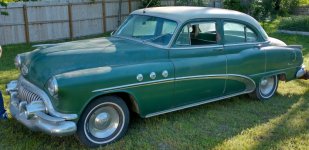
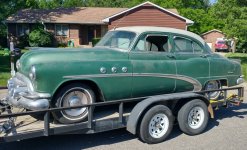
There will be "challenges". The cooling system is a little suspect:
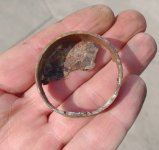
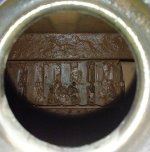
But, it's all there, and it doesn't look TOO bad otherwise. Will see where this takes me.
Now, I've never been a GM guy. Nevertheless, and I have no idea why, it grabbed me hard. After stewing on it for a couple of weeks, my wife basically said "go ahead, you know you want to". So, I did.
Let's see if I can journal some of my initial attempts at getting this old girl back on the road. If nothing else, putting my thoughts down here might keep me honest.
Pickup and drop-off - per the previous owner, this is the first time the car was outside since (at least) 2010:


There will be "challenges". The cooling system is a little suspect:


But, it's all there, and it doesn't look TOO bad otherwise. Will see where this takes me.


